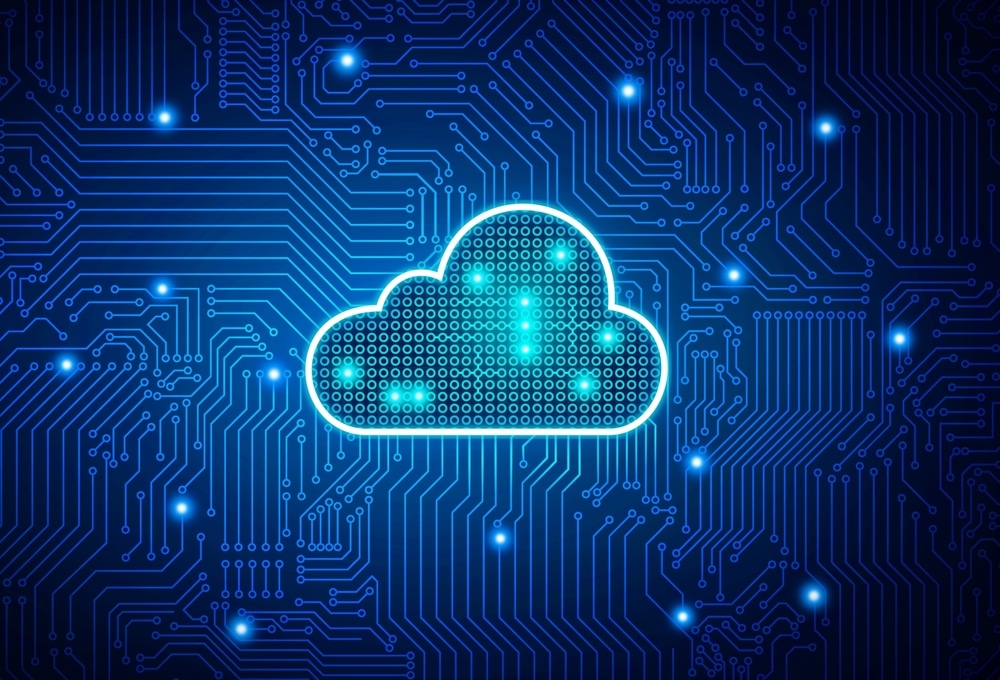As an operator, you have tens, or even hundreds, of CDN servers throughout your country. And you are constantly adapting this network: adding or removing a CDN node. To optimize your CDN infrastructure, it’s crucial that you have the right metrics: throughput, volume delivered, cache hit ratio, etc. This will enable you to see the trends, foresee potential problems, and know where you should add or remove a node to optimize your CDN infrastructure.
So how do you get that data?
Many operators get it from monitoring tools that are in the CDN itself, in the form of CDN logs.
The advantage is that there is no need to centralize data, as everything stays local, so you don’t add to network strain. However, this means that some information – e.g. the number of concurrent sessions – will not be available, potentially leading to sub-optimal decisions. Which, of course, means two things:
- That viewers might not get the best possible viewing experience. They might have to wait a bit longer to get the content they need or get it at slightly lower quality because of network congestion when the operator fails to add an extra node where it’s needed.
- That operators risk paying more for their operations than they should be. They might continue paying to power a node that is no longer necessary.
Another option is not to use CDN logs at all.
After all, CDN logs represent a huge amount of data – way too much to centralize and treat. In this option, the only information that is used is information on the sessions. This information is not as rich, leading to even poorer optimization decisions. The risk of sub-optimal viewing experience and higher operational costs is even higher.
One operator we know of, with a legal obligation to share audience measurement, has found another workaround in the form of a plug-in in the players or mobile application. While this solves the optimization problem, it introduces a new one as it can interfere with the user experience: draining the device’s battery, crashing the set-top box, etc. Plus, it’s an expensive solution: many different versions are required, for iPhone, Android, the Web, etc., and creating, maintaining, and replacing all these versions costs a significant amount each year. Again, it solves one problem but introduces a new one.
How to Optimize your CDN Infrastructure
The ideal solution, of course, would be to use both: CDN logs AND session data in a central location. But if CDN logs alone are too data-heavy to centralize, how on Earth do you do that when adding even more data?
It turns out that there is a solution: a kind of “data compression” that ensures all the data is used, yet the network is not congested. Ateme, an expert in video compression, offers a solution for rich, centralized CDN analytics, without fiddling with the client device (and potentially introducing problems in the viewing experience).
The result
As a service provider, you can offer your viewers the best possible experience. Using the most efficient CDN configuration ensures that your viewers’ batteries are not drained and their set-top boxes do not crash. So, you can keep your coffers full and your viewers happy!
What obstacles do you face in CDN optimization? Share with us in the comments below!

